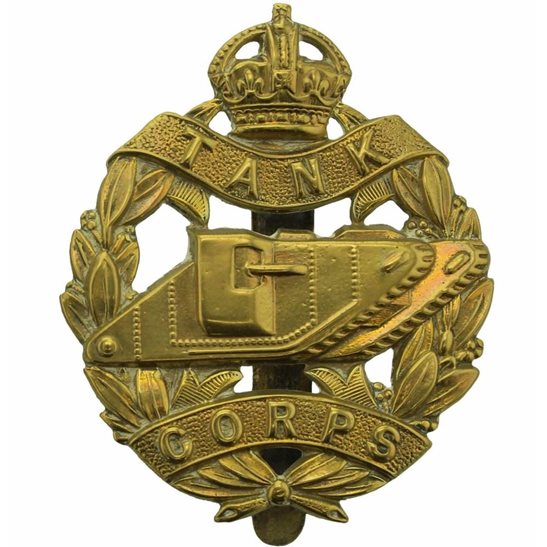Personal Details
Born: 1895 and baptised at St Alkmund’s Parish Church in Whitchurch on 1 November the same year.
Family: Joseph was the eldest of four children born to Thomas and Mary Clive. He married Eliza Price in Whitchurch in 1929. No children can be found from this marriage.
Residence: At the time of Joseph’s baptism the family were living at Fenns Bank, a small village near Whitchurch. The 1901 Census lists the family’s home as 5 Egerton Road, Whitchurch and ten years later as 46 Egerton Road. In 1915, when Joseph enlisted, the family address was given as 32 Egerton Road, Whitchurch and it was the same address on the 1919 Absent Voters’ list. In 1939 Joseph and his wife were living at 24 Talbot Crescent, Whitchurch and this was still Joseph’s address in 1984.
Employment: At the time of enlistment in 1915 Joseph’s occupation was given as railway porter. In 1939 he was a railway goods guard.
Died: In 1984 at Deermoss Hospital, Whitchurch and buried in the town cemetery on 7 June that year.
Military Details
Regiment: Tank Corps (previously Royal Horse Artillery & Royal Field Artillery)
Rank: Gunner /Private
Service Number: 110191 (previously 214944)
Date of Enlistment: 19/11/1915 mobilised 07/03/1917
Date of Discharge: 29/11/1919
Reason for Discharge: Demobilisation
Other Information: In June 1919 he was part of the Army of the Rhine with the rank of acting Lance Corporal.
Joseph was awarded the Campaign Medals (British War Medal and Victory Medal)

The British War Medal (also known as 'Squeak') was a silver or bronze medal awarded to officers and men of the British and Imperial Forces who either entered a theatre of war or entered service overseas between 5th August 1914 and 11th November 1918 inclusive. This was later extended to services in Russia, Siberia and some other areas in 1919 and 1920. Approximately 6.5 million British War Medals were issued. Approximately 6.4 million of these were the silver versions of this medal. Around 110,000 of a bronze version were issued mainly to Chinese, Maltese and Indian Labour Corps. The front (obv or obverse) of the medal depicts the head of George V. The recipient's service number, rank, name and unit was impressed on the rim.
The Allied Victory Medal (also known as 'Wilfred') was issued by each of the allies. It was decided that each of the allies should each issue their own bronze victory medal with a similar design, similar equivalent wording and identical ribbon. The British medal was designed by W. McMillan. The front depicts a winged classical figure representing victory. Approximately 5.7 million victory medals were issued. Interestingly, eligibility for this medal was more restrictive and not everyone who received the British War Medal ('Squeak') also received the Victory Medal ('Wilfred'). However, in general, all recipients of 'Wilfred' also received 'Squeak' and all recipients of The 1914 Star or The 1914/1915 Star (also known as 'Pip') also received both 'Squeak' and 'Wilfred'. The recipient's service number, rank, name and unit was impressed on the rim.

